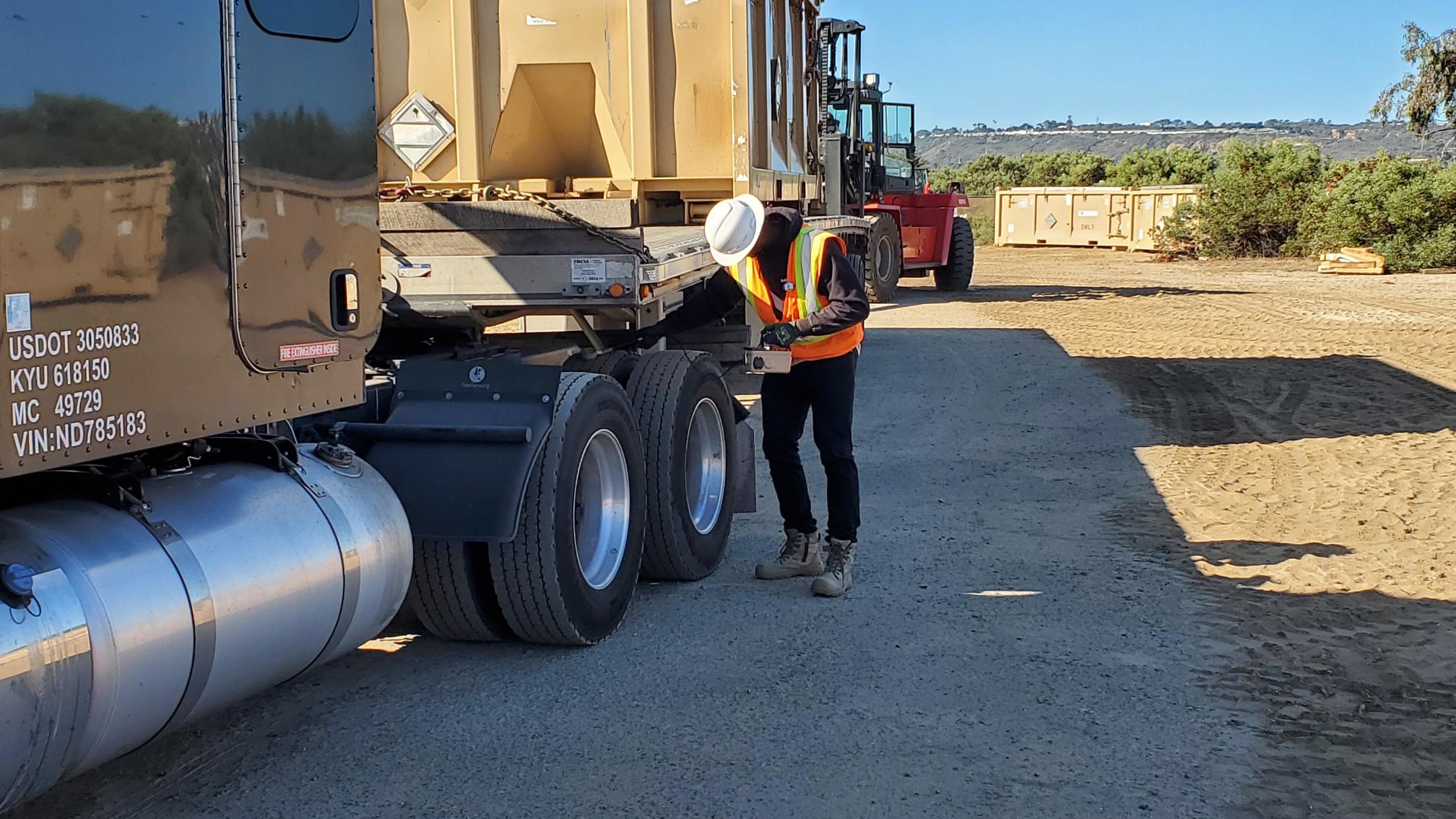Consulting Profiles

Russian UF6 Conversion Industry
The Russian uranium hexafluoride conversion industry was developed under the unique conditions of the former Soviet Union. Processes were selected and plants were built under very different conditions than existed in the Western commercial nuclear fuel industry. NAC experts analyzed information on Russian production capability, capacity utilization, technologies deployed, plans to modify capacity, and the imports and exports of U3O8 and natural UF6.
African Uranium Mining Analysis
NAC experts presented detailed cash flows for 23 uranium mining projects in Africa based on two assumed average annual selling price scenarios. They determined a net present value for each project based on these two revenue scenarios and estimated life-of-project operating and capital expenditures. An internal rate of return was calculated for each project based on these two revenue scenarios. NAC experts identified each project’s potential risk factors, which vary by project depending on technical parameters, location, stage of development, and other variables.
Nuclear Materials Transportation Incidents
NAC experts compiled a database of over 600 transportation incidents regarding nuclear materials. The database includes incidents on all major continents, every mode of transportation and virtually all forms of nuclear materials. The evaluated incidents range in severity from simple spillage to accidents that resulted in significant property damage, personal injury and/or spread of radioactivity with associated evacuation.
Nuclear Materials Transport in Select Countries
NAC experts analyzed the transportation of nuclear materials to, from and within Australia, China, India, Indonesia, Kazakhstan, South Korea, Pakistan, Taiwan, Thailand and Vietnam. For each country, the report addressed the types of nuclear materials transported to/from and within each country and the associated modes of transportation and international transportation routes. They also reviewed general regulations that govern transportation and the policies in each country that may impact future transportation of nuclear materials.
Issues Related to High-Assay Low Enriched Uranium
NAC experts investigated the issues that need to be addressed with the availability of commercial reactor fuel enrichments in excess of 5 weight-percent uranium-235, or high-assay low-enriched uranium (HALEU). The report concentrated on Light Water Reactors (LWR) of current and evolutionary designs and addressed issues directly related to the production and use of HALEU, including initial transition costs, as well as issues related to the characteristics of such fuel during and after irradiation.
Review of Nuclear Plant Used Fuel Information
NAC experts provided a U.S. nuclear power plant operator an independent review of its used fuel assembly records and information on fuel design, burnup, location, and physical condition. The information was compiled to satisfy final shipment documentation required by the U.S. Department of Energy, pursuant to 10 CFR 961, Appendix F.
PWR Assembly Dimensional Behavior Analysis
NAC experts provided a comprehensive collection and summary of worldwide information on issues and experiences at different plants relative to Pressurized Water Reactor (PWR) fuel rod and fuel assembly dimensional performance. Analysis covered fuel assembly growth, fuel assembly bow, fuel rod bow, and recent problems encountered in assembly designs that employ advanced alloys.
Uranium Facility Decommissioning
NAC experts provided an independent evaluation of the decommissioning plan for a closed uranium mining facility, including assessments of the assumed overall logistics of the decommissioning effort; preliminary analysis of estimated costs for the various parts of the decommissioning program; the budget available for the work; and comparison of parts of the estimate with actual decommissioning costs for another facility.
Issues in the Uranium Enrichment Market
NAC experts examined issues relating to the high capital costs of centrifuge enrichment technologies, and capital cost determinants such as technology design, centrifuge reliability, enrichment output, manufacturing supply chain conditions and owner-operator experience.
Closed Fuel Cycle Analysis
NAC experts provided information about the closed option for the back end of the nuclear fuel cycle, including economic analysis of used fuel reprocessing and recycle, mixed-oxide (MOX) fuel manufacture and audit planning, MOX fuel loading experience, MOX fuel performance in light water reactors; and the status of reprocessed uranium recycle market and industrial infrastructure.



